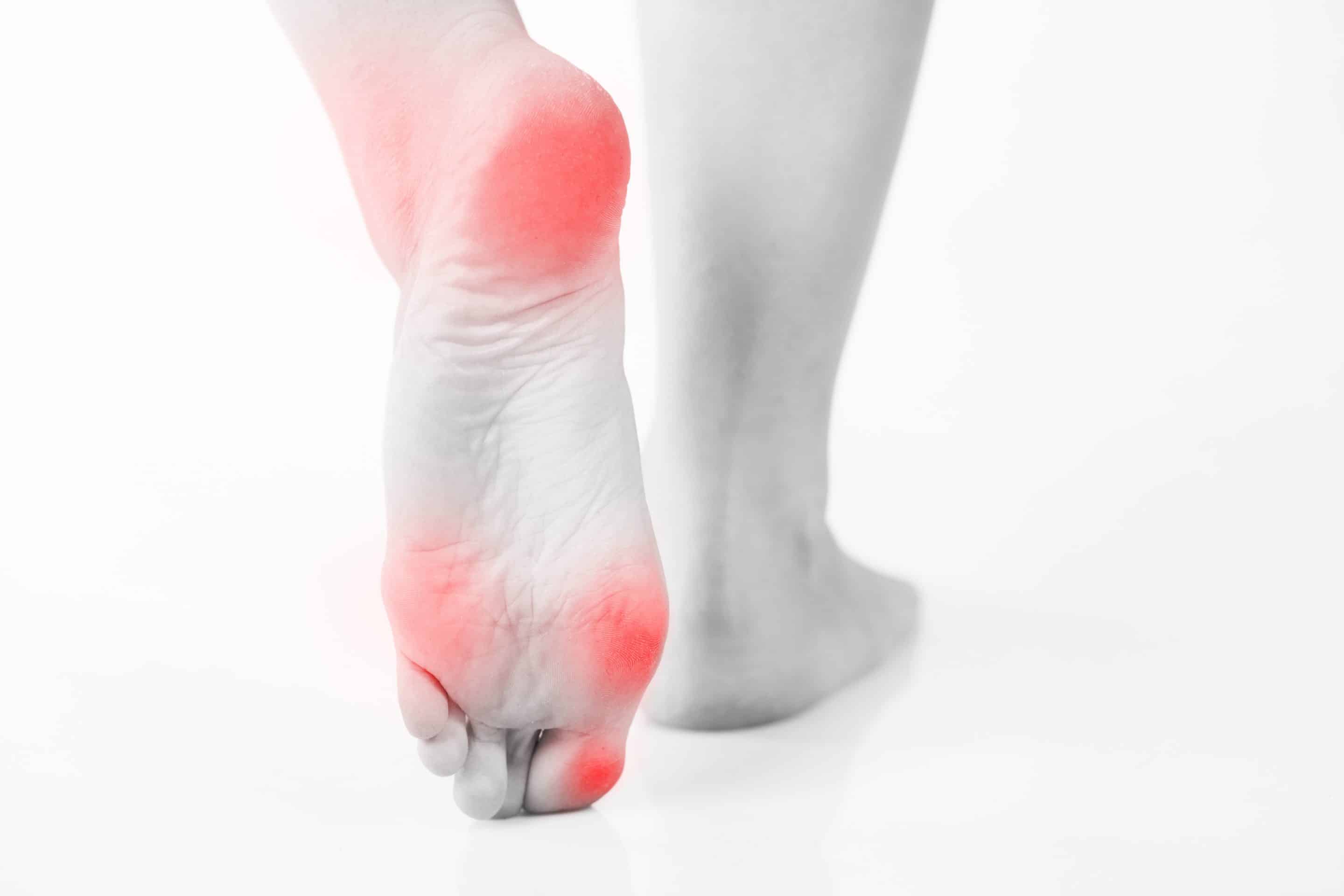Living with Arthritis of the Foot or Ankle
Arthritis in the feet or ankles can often feel inhibiting and punishing – almost like a prison sentence. The things you love to do and places you want to be can start to come with plenty of second-guessing as to whether they’re worth the potential pain.
Arthritis can be challenging, but there is also often much that can be done to help manage your symptoms and keep them from interfering so intensely with your life. By understanding what type of arthritis you may have and how it is affecting your life, we can help you create a more effective plan to provide you greater relief and more opportunities to enjoy activities with less or no pain.
Know the Arthritis You Are Dealing With
The effects of many kinds of arthritis can feel similar, including joint pain, stiffness, swelling, and a reduced ability to walk or stand for long periods of time.
However, different forms of arthritis can have different root causes. Each separate condition and cause can require different approaches to treatment and management. That is why having professional guidance can be so crucial to achieving your best results.
A few of the different types of arthritis include:
- Osteoarthritis – A common type of arthritis, caused by the mechanical “wear and tear” against your joints over time. The effects of osteoarthritis typically build over a long period of time and use.
- Rheumatoid Arthritis – An autoimmune disease in which your own immune system attacks the linings of your joints, causing pain and inflammation. The symptoms of RA can gradually appear over time, or arrive more suddenly.
- Gout – Gout causes flares of severe joint pain – typically in the big toe – due to the buildup of uric acid crystals against the joint. Diet can have a large effect on triggering gout and the severity of a gout flare.
- Psoriatic Arthritis – Another form of autoimmune-based arthritis that is often (but not always) associated with psoriasis. A common symptom is dactylitis, in which one or more toes become fully swollen.
At-Home Steps for Managing Arthritis Symptoms
There are very likely simple steps you can take on your own to help reduce the impacts of arthritis on your daily life.
However, it’s important to understand that not every tip will substantially help every arthritis case, and that these measures are not a substitute for seeking professional treatment. Even if they do provide some relief, there may be other treatments that can meet your situation and needs even better.
Be Selective with Your Footwear
Cheap shoes that don’t provide much in the way of cushioning or support are more likely to increase stress and wear on your feet over time.
Look for a wide, solid sole, enough room for your toes to wiggle without feeling cramped, and a back of the shoe that comfortably cups your heel and prevents it from sliding much.
Avoid high heels, as they will force extra strain against the front of your feet and toes. However, going with completely flat shoes can also be harmful if they do not provide much in terms of arch support and impact absorption.
Provide Some Extra Toe Cushioning
If arthritis is prevalent in your toes, small gel or fabric sleeves can help provide additional support, protection, and cushioning to the joints. Taking some extra pressure off can help reduce pain, friction, and irritation.
If you have hammertoes, more specialized cushioning (such as a Crest pad), can help secure your toes and provide additional stability to arthritic joints.
Make Stretching a Part of Your Day
The right stretching routines can not only help you maintain comfort, flexibility, strength, and range of motion in arthritic joints themselves, but also condition connecting tendons, muscles and other tissues to place less strain on those joints.
It’s best to speak with us about what kinds of exercises would most benefit your condition, but it is rarely a bad idea to engage in exercises that work your full range of motion. A small daily commitment can greatly help reduce stiffness, pain, and locking in your joints.
Get Help from Medications
A safe, over-the-counter nonsteroidal anti-inflammatory drug (NSAID) may help effectively reduce joint swelling and pain. Others find useful effects in topical medications containing capsaicin, which often comes in the form of creams, ointments, or gels.
Whatever type of medication you use, always use it as directed and make sure it does not interfere with any other medications you may be using. We or your primary care physician can help if you have any questions or concerns.
Advanced Treatments for Arthritis
Conservative measures are always ideal for treating arthritis symptoms and slowing (or stopping) progression of the condition, whenever possible.
In addition to steps such as those mentioned above, we may be able to provide professional forms of treatment more tailored to your specific needs. These can include the use of custom orthotics to provide precise amounts of cushioning and support exactly where you need them to reduce pressure on vulnerable joints.
In some cases, however, surgery may be the best means of providing any substantial or lasting relief. If that should be, our experts are well experienced in many forms of arthritis surgery, including minimally invasive procedures such as ankle arthroscopy.
Surgical procedures might involve removing excess cartilage or tissue from joints, fusing joints together to relieve pain, or fully replacing a joint, among others. We will be certain to discuss all potential options with you and our recommendations for each, as well as answer all questions you might have before you decide how to move forward with treatment.
However long you have had foot or ankle arthritis – or however severe it may be – we will always be more than happy to help you find the greater relief you need. Schedule an appointment at our Ladera Ranch office by phone or by filling out our online contact form.

